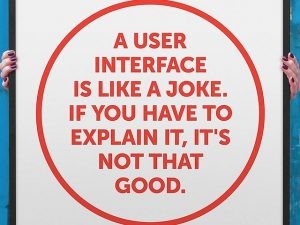--Originally published at Hermes's Blog
User Interface Design focuses on anticipating what users might need to do and ensuring that the interface has elements that are easy to access, understand and use to facilitate those actions.
The reaction or the experience of the user when ising software doesn’t only depend on the functionality and the aesthetically design, what more influences the user to feel comfortable or not is the user interface.
Gestalt Design Principles
Similarity: occurs when objects look similar to one another.
Continuation: occurs when the eye is compelled to move through one object and continue to another object.
Closure: occurs when an object is incomplete or a space is not completely enclosed.
Proximity: occurs when elements are placed close together.
Figure and Ground: The eye differentiates an object from its surrounding area. a form, silhouette or shape is naturally perceived as figure, while the surrounding area is perceived as ground.

flickr photo by Isaac Kohane https://www.flickr.com/photos/52786697@N00/15857500937 shared under a Creative Commons (BY-SA) license
Best practices for User Interface Design
- Keep the interface simple
- Create consistency and use common UI elements
- Be puposeful in page layout
- Strategically use color and texture
- Use typography to create hierarchy and clarity
- Make sure the system communucates what’s happening
- Think about the defaults
Sources:
https://www.usability.gov/what-and-why/user-interface-design.html
http://graphicdesign.spokanefalls.edu/tutorials/process/gestaltprinciples/gestaltprinc.htm


